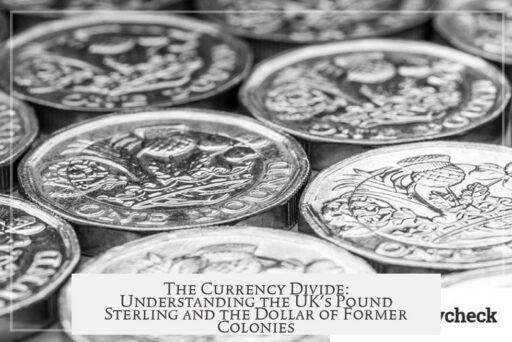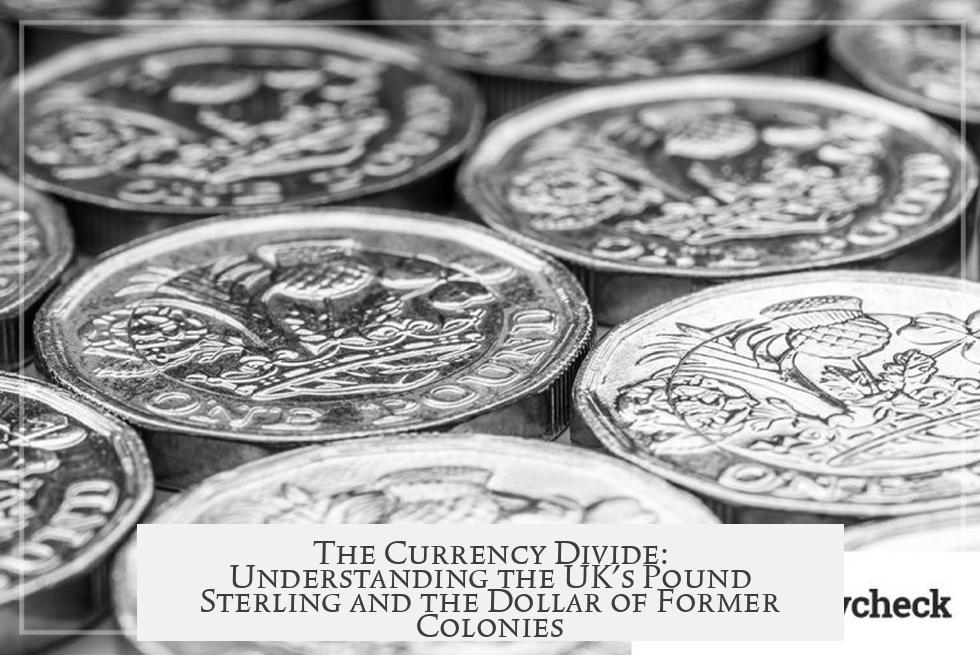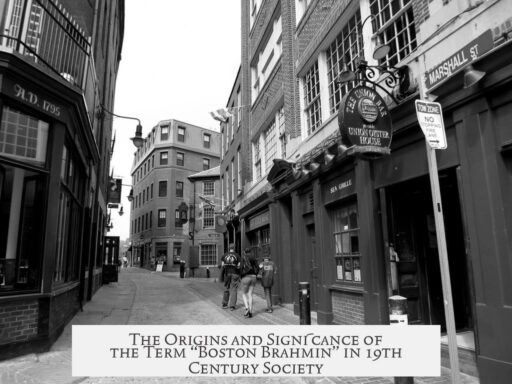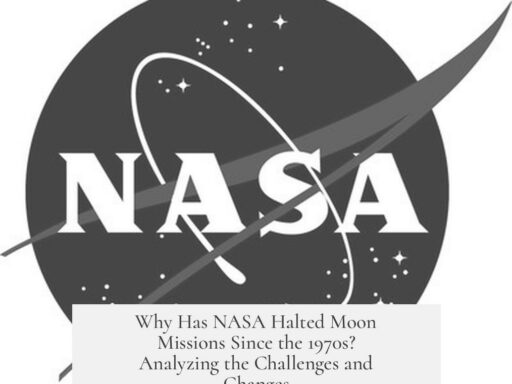The UK names its currency the Pound Sterling, rooted in a medieval weight-based system, while former colonies such as the USA, Canada, and Australia name theirs the dollar, linked to the widespread Spanish silver coin called the peso de ocho and its linguistic ancestor, the thaler.
The British currency name “pound” originates from the Latin word libra, meaning a unit of weight. In medieval England, the term represented a pound weight of silver which backed the currency’s value.
This system came from the Carolingian monetary system, designed to ease trade with continental Europe. England adopted this approach, linking currency directly to the weight of precious metal. The use of the word “pound” highlights this historical relationship between money and the physical weight of silver.
The word “sterling” in Pound Sterling refers to the standard of purity in the silver coins. Historically, sterling silver had to meet a strict standard of 92.5% pure silver. This term came to symbolize quality and trustworthiness in English coinage.
In contrast, the US dollar and those of other former British colonies like Canada and Australia derive their naming from a different historical tradition.
The US dollar came from the Spanish peso de ocho, commonly called the “piece of eight.” This silver coin was widely circulated in the Americas during colonial times. It had a consistent silver content, which afforded it trust and widespread acceptance.
Despite British political control, Spain’s silver coins dominated American trade due to Spain’s extensive territories in Central and South America and the Caribbean. This made the peso de ocho more common in daily transactions throughout the Americas than the British pound.
Newly independent America adopted a currency based on this prevalent coin to ensure smooth commerce. Thus, the US dollar reflects the peso de ocho’s influence.
The word “dollar” itself traces back to the “thaler,” a large silver coin used in the Holy Roman Empire. Spain adopted this coin and referred to it as the “dólar,” while English speakers called it the “dollar.”
The “piece of eight” (worth eight reales) was known as a “peso” in Spanish, but in English, the coin was called a “dollar” because of its thaler lineage.
This linguistic and monetary origin explains why the USA and later Canada and Australia—though former British colonies—used “dollar” instead of “pound” for their currencies.
Canada, bordering the USA and trading extensively, adopted the dollar to match the economic reality. Australia followed, influenced by the global prominence of the US dollar.
Countries in the Americas had a strong cultural and economic connection to the dollar, influenced by commerce and finance in the New World.
| Aspect | UK: Pound Sterling | Former Colonies (USA, Canada, Australia) |
|---|---|---|
| Name Origin | Latin “libra” (pound – weight of silver) | Spanish “dólar” from German “thaler” |
| Historical Standards | Weight of silver, sterling purity standard | Silver content from Spanish peso de ocho (“piece of eight”) |
| Trade Influence | European trade context with Carolingian system | Dominance of Spanish silver coins in Americas |
| Adoption Reason | Traditional system from Middle Ages | Practicality due to availability and circulation of coins |
The naming difference reflects different historical, economic, and geographic realities. Britain’s system ties to medieval Europe, while former colonies adapted their currency name based on the dominant coinage in the Americas during their formation.
This alignment with currency already trusted and widely used makes practical sense for trade and economic stability, which helped the “dollar” become the favored term in the New World.
- The UK’s Pound Sterling references a medieval weight-based monetary system tied to silver.
- The “sterling” element indicates the quality of silver in coined money.
- The US and other former colonies adopted “dollar” influenced by the Spanish peso de ocho, a widely circulated silver coin.
- The term “dollar” originates from the German “thaler,” filtered through Spanish and English usage.
- Trade patterns and currency availability shaped this naming difference.
Why Did the UK Name Their Currency the Pound Sterling, While its Former Colonies Name Theirs the Dollar?
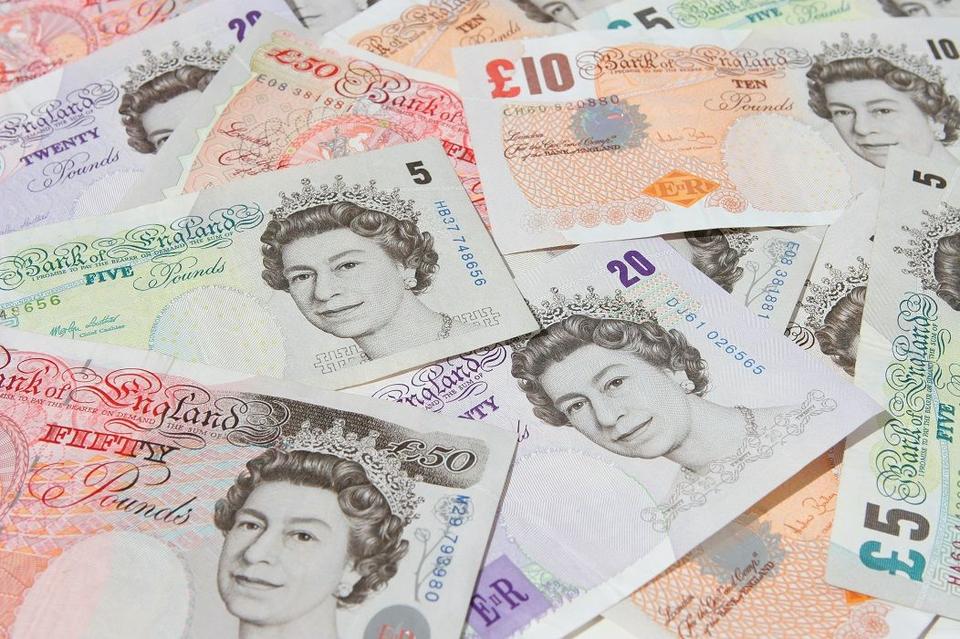
The UK’s currency is called the Pound Sterling because its roots trace back to medieval times, when money was tied to weight in silver, specifically a pound of silver — while former colonies like the US, Canada, and Australia named their currency the dollar, borrowing from the widespread influence of the Spanish dollar, or peso de ocho, prevalent in the New World. This difference in names is both a tale of history and practical economics.
Let’s unpack that with some surprising facts and stories that you probably never learned in school.
From Pounds of Silver to Sterling Trust: The UK’s Medieval Money Story
Back in the Middle Ages, England wasn’t just juggling kingdoms — it was also fine-tuning money. England adopted a version of the Carolingian monetary system, designed to ease trade with continental Europe. The system’s highest denomination was called the libra in Latin, meaning “pound.”
Now, this wasn’t just a metaphorical pound. It literally represented the weight of silver coins—one pound of sterling silver equaled the base value of currency. The word “pound” stuck, linking currency directly to metal weight, making trading and valuation straightforward.
And then there’s “sterling.” It’s not just a posh adjective; it refers to the purity of the silver used in coins. Sterling silver is about 92.5% pure, a guarantee of quality and trustworthiness. In other words, “Pound Sterling” signals currency backed by a reliable, heavy metal standard.
So the UK named its money based on weight and quality — in medieval money talk, that’s a hardcore guarantee that your coins actually matter. The king wasn’t going to let you mess around with fake fluff.
The Dollar’s Wild Spanish Roots and Its American Makeover
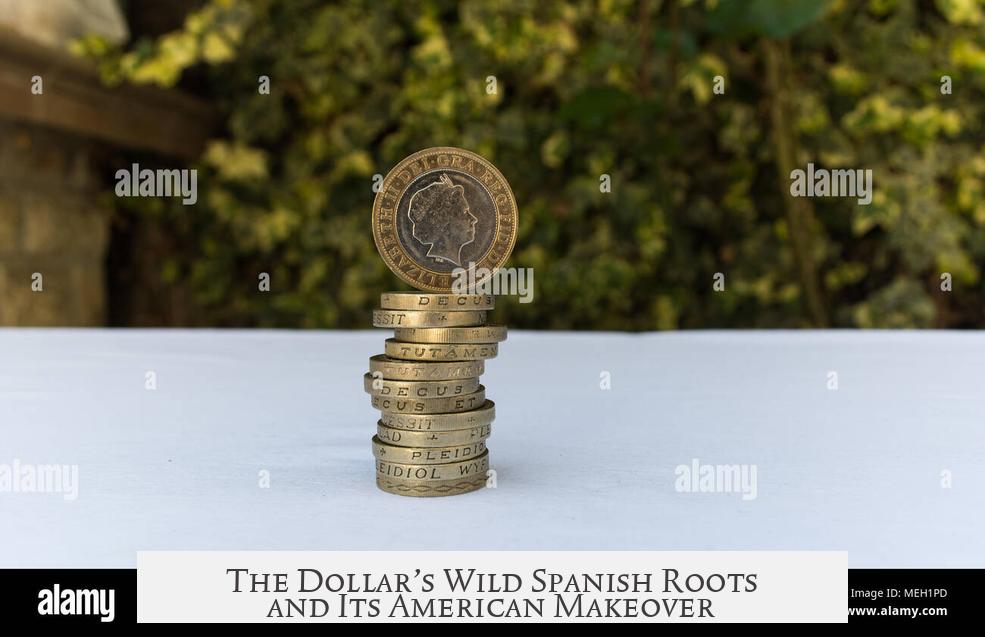
Meanwhile, across the ocean, things were shaking up differently. The currency of the US, Canada, and later Australia had origins rooted far from the Old English “pound.” They leaned on the Spanish peso de ocho, also known as the Spanish dollar or “piece of eight.” This coin was legendary for its consistent silver purity — a reliable global currency in its own right.
The peso de ocho was so widely used in the Americas that it eclipsed many local currencies. Spain’s control over Central America, the Caribbean, and parts of South America meant that these silver coins circulated as common tender, long before the US even declared independence.
The founding fathers, keen to set up a practical system, realized it made more sense to align their new currency with what was common and trusted: the Spanish dollar. So the US dollar was born — a nod to both practicality and international commerce.
Ever wonder where the word “dollar” itself comes from? It’s a fascinating mix of European influences. The term “dollar” is derived from the German “thaler” — a silver coin from the Holy Roman Empire. Spain adopted the thaler, calling it “dólar,” which English speakers shortened to “dollar.” The coin had a special value too: “piece of eight,” because it was divisible into eight reales.
And that’s how a German name, passed through Spain, landed as the term for currency across the Americas and beyond.
Why Did Other Colonies Follow the Dollar, Not the Pound?
Here’s where trade meets symbolism. Because the Spanish dollar was everywhere, new nations naturally adopted the term “dollar” to describe their money. The US dollar became dominant in global markets, effectively turning “dollar” into synonymous with money in the New World.
Canada, surrounded by the US, embraced the dollar for compatibility. Australia, wanting to align economically and culturally with the US’s influence rather than Britain’s medieval silver pound standard, also chose the dollar. They basically said: “We’re invited to the US dollar party, thanks!”
A Look at the Big Picture: Pounds for History, Dollars for Trade
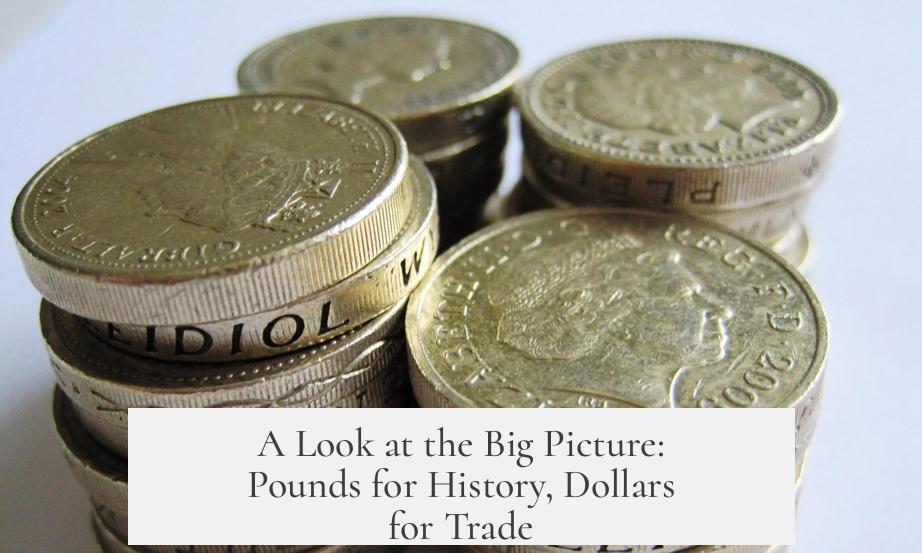
| Feature | UK Pound Sterling | US/Canadian/Australian Dollar |
|---|---|---|
| Origin | Medieval English system, based on weight (pound) of silver, purity (sterling) | Spanish peso de ocho coins, rooted in German thaler, Spanish trading dominance in Americas |
| Currency Name Meaning | “Pound” = literal weight of silver; “Sterling” = silver purity (92.5%) | “Dollar” = derived from thaler; associated with a widely circulated coin in New World trade |
| Why Named That Way? | Continuity with medieval metal-weight system; trusted coin quality | Practical trade use and widespread circulation of Spanish dollars; cultural shift away from British heritage |
| Reflection | Traditional, rooted in history and monarchy | Dynamic, global trade influence and new-world independence |
Personal Reflection: Why Does This Matter Today?
It’s tempting to think currency names are mere labels, but they tell powerful stories about identity, history, and trade. The UK’s pound sterling echoes a world where metal weighed heavy on value and stability. Meanwhile, the dollar shows how practicality and global influence can reshape economic identity.
If you’ve ever wondered why the word “dollar” feels so global and “pound” so British, now you know it’s not a random choice. It reflects two very different paths: one steeped in medieval tradition, the other in pragmatic adaptation to New World realities.
Imagine if the US called its currency the pound until now. Confusing, right? Or if the UK switched to dollars. Currency names anchor more than markets; they anchor culture and history.
Key Takeaway: Currency Names Reflect More Than Money
Understanding why the UK calls its currency pound sterling but former colonies prefer dollar helps you see money as part of the broader story of global history. It shows how things like colonial power, trade routes, language shifts, and material trust shape everyday essentials, like the money we carry.
Next time you see a pound coin or a dollar bill, remember — you’re holding centuries of history and trade politics, minted and printed into shape.
So, what’s your favorite currency name story? And do you think the pound or dollar better fits the modern economy? The answer might surprise you.
Why is the UK currency called Pound Sterling?
The UK named its currency “pound” from the Latin word “libra,” meaning a unit of weight. “Sterling” refers to the silver purity used in coins, symbolizing the currency’s reliability and value.
Why did the USA and other colonies choose the name “dollar” instead of “pound”?
New colonies like the USA used the “dollar” because the Spanish peso de ocho, or piece of eight, was widely circulated in the Americas. It was practical to adopt a currency name linked to the dominant coin in trade.
What is the origin of the word “dollar”?
“Dollar” comes from the German “thaler,” a coin widely used in Europe. Spain adopted it as “dólar,” which became the name for their silver coins and eventually influenced the currency names in the New World.
How did Spanish coins influence the naming of currencies in former British colonies?
Spanish silver coins dominated trade in the Americas. Their presence made the term “dollar” common, leading countries like the US, Canada, and Australia to adopt “dollar” to align with trade and economic realities.
Why didn’t former British colonies keep the name “pound” for their currencies?
Though Britain used “pound,” its colonies found the dollar more relevant due to trade patterns. The widespread use of Spanish dollars in the Americas made “dollar” a more practical and recognized currency name than “pound.”
